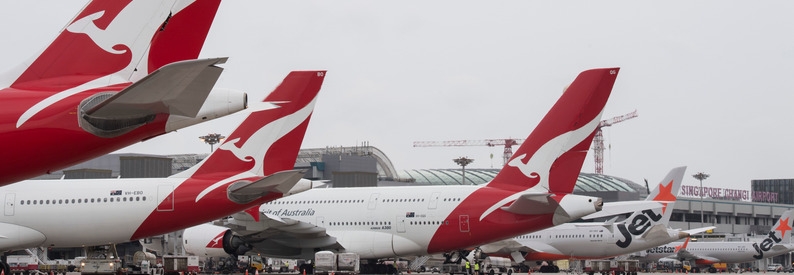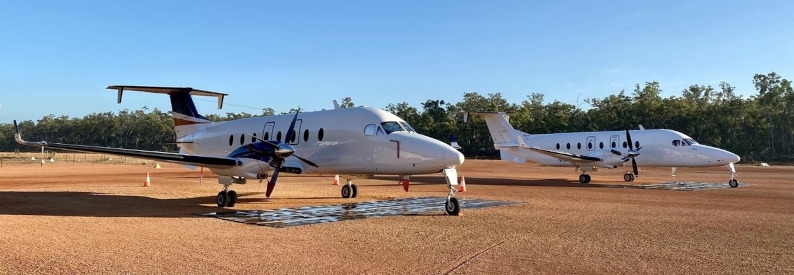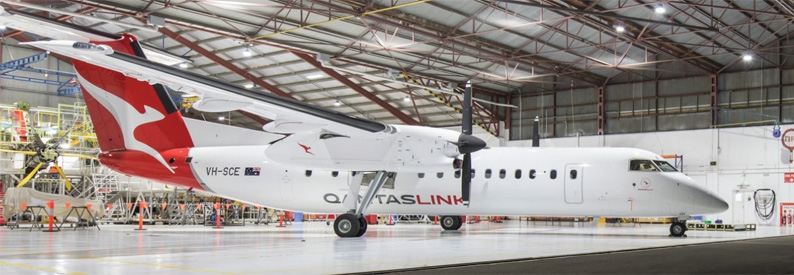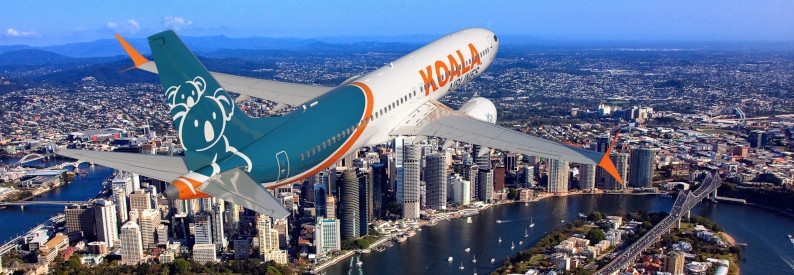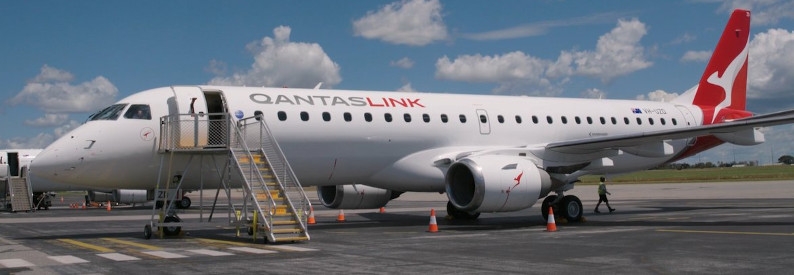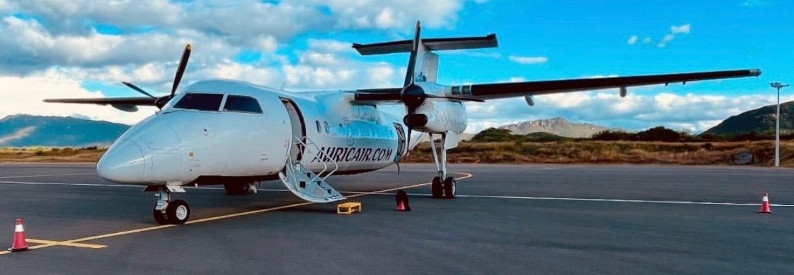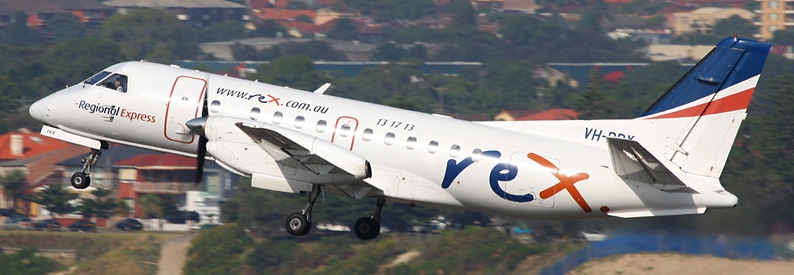The high cost of fares in and out of Darwin is again in the spotlight after local media reported on plans by the facility's owner Airport Development Group (ADG) to raise landing fees, putting further upward pressure on airfares.
Per an Australian Broadcasting Corporation (ABC) report, Darwin has historically been an expensive city to fly through due to its remoteness, low population (the city is home to 85,500 people), and seasonality. The nearest state capital is Brisbane, roughly 3,500 kilometres to the southeast. Previous government inquiries have examined the cost of flying in and out of remote airports, including Darwin, with no discernible impact on airfares.
Qantas (QF, Sydney Kingsford Smith) flies to Darwin from all Australian mainland capitals and various regional ports such as Alice Springs and Cairns. The ch-aviation Commercial Aviation Operator Capacity Data module shows the operator has scheduled 134 weekly movements through the airport in the first week of December - the onset of the wet (low) season. Virgin Australia has 35 aircraft movements scheduled in the same week and flies to Adelaide International, Brisbane International, Melbourne Airport, and Perth International from Darwin. Jetstar Airways, Airnorth (Australia), Aviair, Chartair (Australia), and Alliance Airlines are the other domestic operators servicing Darwin.
A Qantas spokesperson told the Australian broadcaster ABC that scheduling profitable services into Darwin was a "challenging" proposition and agreed fares to the city are “comparatively higher” than other cities. A Virgin spokesperson said plans by Airport Development Group to double passenger charges over the next three years will continue to put upward pressure on fares and deter operators from adding more flights.
"It is increasingly difficult to prevent the high cost of operating at Darwin Airport from being felt by travellers," the spokesperson said.
ADG executive general manager Rob Porter told ABC he didn't think airport fees were a factor in pushing up fares. "I don’t see our charges having any impact on the prices that are being charged,” he said. "There’s a level of acceptance from airlines that that’s the cost of flying to the Northern Territory."
The airport, a dual civilian/military facility with a 3,354-metre runway, has recently undertaken runway and infrastructure upgrades.


